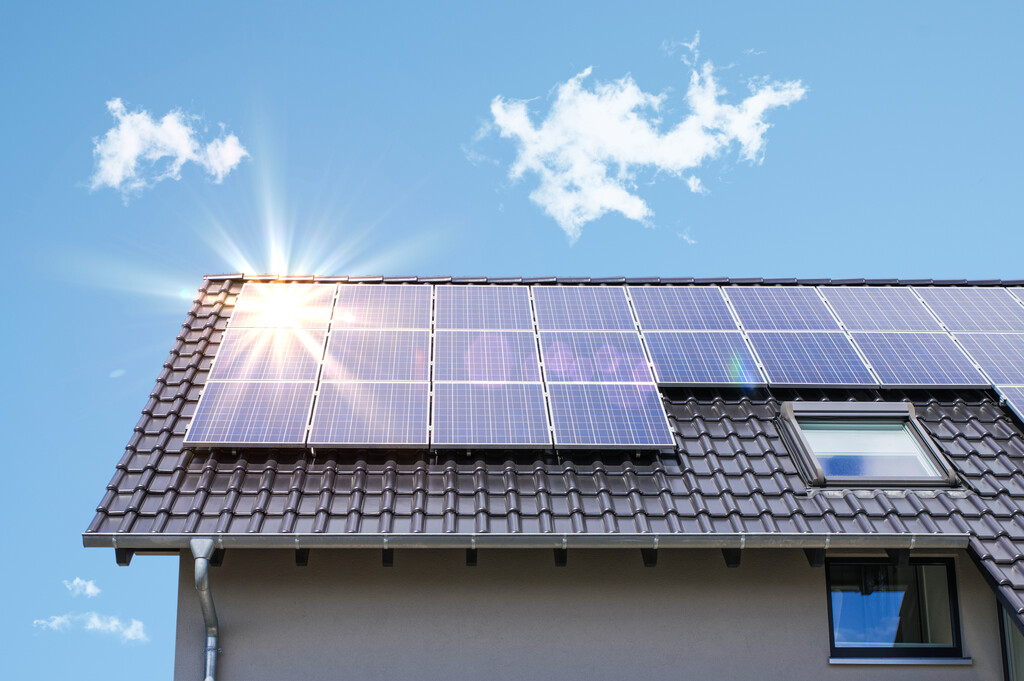
Home Brilliance: Unveiling the Power of Residential Solar Setups
Residential solar setups are revolutionizing how homes harness energy. This article delves into the various aspects of residential solar systems, exploring their benefits, components, installation process, and the positive impact they have on both homeowners and the environment.
Harnessing Solar Power at Home
Residential solar setups empower homeowners to generate their electricity by harnessing the abundant power of the sun. Solar panels, typically installed on rooftops or in open spaces around the property, capture sunlight and convert it into clean, renewable electricity through photovoltaic technology. This sustainable energy source reduces reliance on traditional grid power, offering environmental and economic advantages.
Components of Residential Solar Systems
A typical residential solar system comprises several key components. Solar panels, made up of photovoltaic cells, are the primary energy generators. Inverters convert the direct current (DC) electricity produced by the panels into the alternating current (AC) used in homes. Additionally, a mounting structure, wiring, and a solar monitoring system complete the setup, ensuring optimal performance and efficiency.
Financial Benefits for Homeowners
Investing in a residential solar setup yields significant financial benefits for homeowners. Government incentives, tax credits, and net metering programs can substantially offset the initial costs. Over time, the savings on electricity bills contribute to a return on investment. Some regions even offer feed-in tariffs, allowing homeowners to earn credits or payments for excess energy fed back into the grid.
Environmental Impact and Sustainability
Residential solar setups contribute to environmental sustainability by reducing carbon emissions and reliance on fossil fuels. Solar energy is a clean and renewable resource, making it an eco-friendly alternative to traditional electricity generation. By adopting residential solar, homeowners actively participate in the global effort to combat climate change and reduce their carbon footprint.
Installation Process and Considerations
The installation of a residential solar system involves several key steps. A site assessment determines the solar potential of the property, considering factors such as sunlight exposure and shading. After design and permitting, the installation team mounts the solar panels, connects the components, and integrates the system with the home’s electrical infrastructure. Ongoing maintenance ensures optimal performance and longevity.
Advancements in Solar Technology for Homes
Ongoing advancements in solar technology continually enhance the efficiency and affordability of residential solar setups. Innovations such as high-efficiency solar panels, energy storage solutions like solar batteries, and smart home integration enable homeowners to maximize the benefits of their solar systems. These technological strides contribute to the widespread adoption of solar power in residential settings.
Off-Grid and Hybrid Residential Solar Systems
While many residential solar setups are grid-tied, providing a seamless connection to the utility grid, some homeowners opt for off-grid or hybrid systems. Off-grid setups operate independently, relying on battery storage to store excess energy for use during low sunlight periods. Hybrid systems combine solar with other energy sources, providing flexibility and reliability in various conditions.
Educational Initiatives for Homeowners
Educational initiatives play a vital role in encouraging homeowners to embrace residential solar setups. Workshops, online resources, and community programs provide information on the benefits, installation process, and financial incentives associated with solar energy. Empowering homeowners with knowledge enables them to make informed decisions about adopting sustainable energy solutions.
Community Impact and Shared Solar Programs
Residential solar setups not only benefit individual homeowners but also contribute to community-wide sustainability. Shared solar programs allow multiple households to invest in a single solar installation, providing access to solar benefits for those unable to install panels on their properties. This communal approach fosters a sense of environmental responsibility and community engagement.
The Future of Residential Solar
As technology advances and the demand for sustainable energy grows, the future of residential solar setups looks promising. Continued improvements in efficiency, storage solutions, and affordability will likely drive increased adoption. Homeowners can anticipate even greater energy independence, cost savings, and reduced environmental impact as residential solar technology continues to evolve.
Explore more about Residential solar setups and embark on a journey towards sustainable and energy-efficient living.
